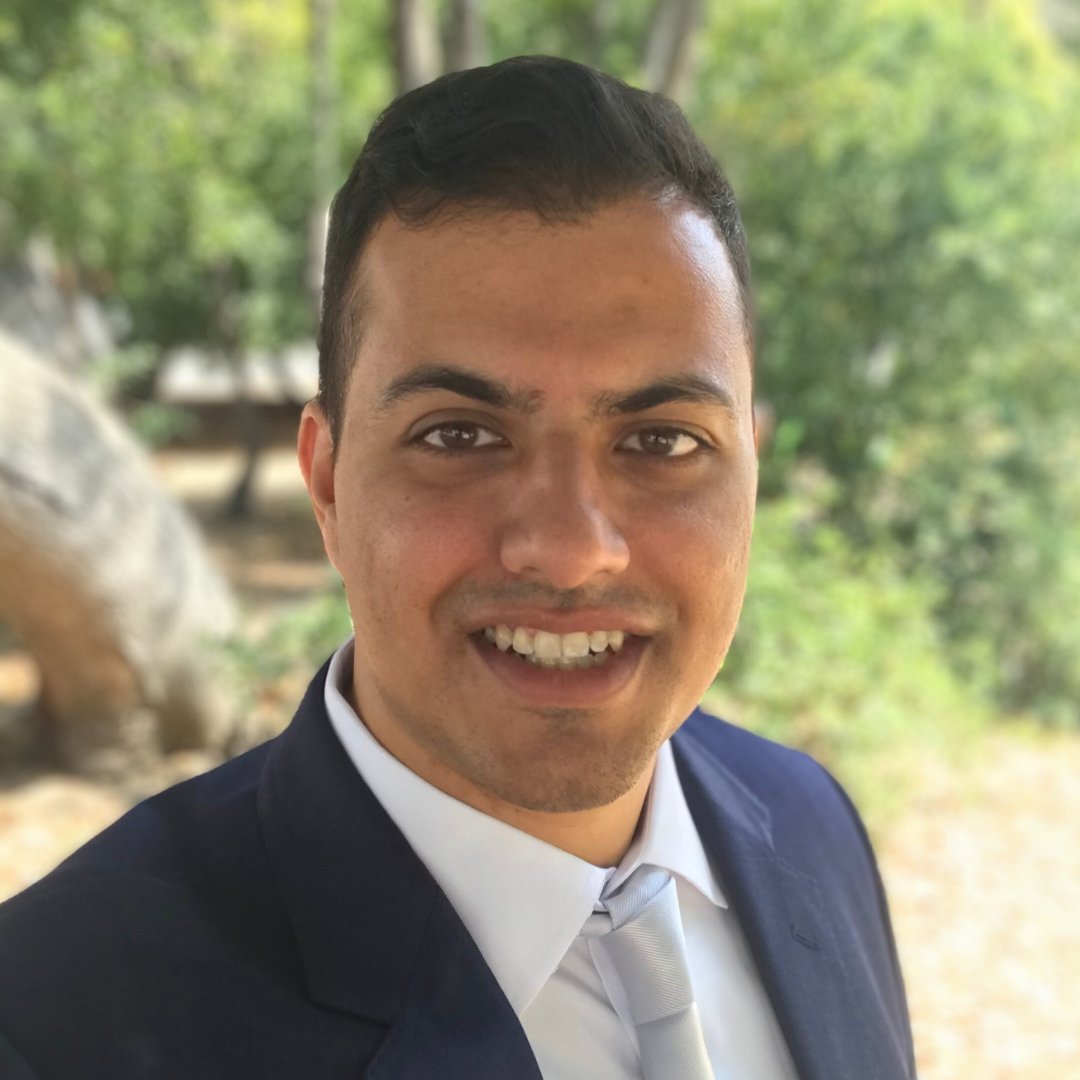Streamlabs’ New Podcast Editor: An Interview with Ashray Urs
Canadian audio media habits are undergoing a major transition. Declining revenues in radio and legacy phone bills caused Bell to recently announce plans to close nine Canadian radio stations. At the same time, podcasts are on the rise in Canada, with 73% of Canadians listening to podcasts at least once a month–up from 57% in 2018.
Streamlabs, a Logitech brand, builds tools designed to help podcasters, streamers and content creators monetize their content and engage with their audience. Over 40% of Twitch creators today use Streamlabs tools, and the company has paid out $1B+ to content creators since 2015.
Last week, Streamlabs announced its newest tool, Podcast Editor. With Podcast Editor, creators can now transcribe videos in real-time, add images and subtitles, edit and share clips. Read on to learn more about the new tool from Ashray Urs, Head of Product at Streamlabs, below.
Q: What is Podcast Editor?
Ashray Urs: Streamlabs Podcast Editor is a powerful text-based video editor that streamers can use to transcribe their videos and edit and repurpose podcasts into short-form content across social media. The tool allows live streaming podcasters to customize clips, create subtitles, add images, and perform real-time translations of their content.
Q: Why did Streamlabs release this product now?
Ashray Urs: We have seen a huge uptick in the number of podcast listeners over the past few years. And Canadians especially love their podcasts. There are over 9 million active podcast listeners across the country and Canadian ad revenue from podcasts is expected to reach $127.1 million this year, which is more than double what it was in 2020.
On top of that, more streamers are exploring talk-show-style formats as a way to connect with their audience. On Twitch, the “Just Chatting” category is seeing more adoption, for example.
We also offer a suite of creator tools aimed at streaming, called Streamlabs Ultra, and with the addition of this announcement, we’re able to increase our product offering to those streamers who are interested in the podcasting industry.
Q: Can you tell me about some of the features Streamlabs is particularly excited about with this new tool?
Ashray Urs: We’ve incorporated AI into Podcast Editor, which is a really exciting feature. We’re able to utilize the technology to help content creators cut hours of editing time from their day.
AI-assisted tools in Podcast Editor make it possible to easily and automatically find clip highlights, cut unnecessary filler words like “oohs” and “ums”, and even remove awkward pauses within seconds.
We’ve also incorporated features specifically designed for Podcasters, like real-time subtitles, and the ability to create custom branded templates to easily add your intro and outro. Other features include: text-based video editing, the ability to add images to video, automatic translation into 30+ languages, template designs, and automatic clip sharing across platforms.
Q: Bell recently announced the closure of nine radio stations across Canada as consumers move away from traditional radio. Do you see Podcasts as a solution for those who want to continue to listen to and create audio media?
Ashray Urs: Absolutely. Not only does the recent news highlight the importance of the creator economy, but we are now seeing how it is becoming an increasingly viable option for individuals looking to build their careers and communities online.
As traditional media markets continue to face financial constraints, we are witnessing a shift towards digital platforms where content creators, like podcasters, are given the opportunity to build their audiences and monetize their content. It is the perfect time for Canadians with radio experience to pivot into podcasting.
Q: What's next for Streamlabs?
Ashray Urs: Our goal at Streamlabs is to help streamers, whether they are aspiring new creators or professional streamers. We are excited to continue building tools to improve creators' ability to make content for multiple channels and audiences, build a brand, and build communities around their content. Whether it's through podcasts, live streams, or other forms of digital media, we are committed to providing the tools and resources that shape the future of the creator economy.
Q&A provided by Streamlabs.


